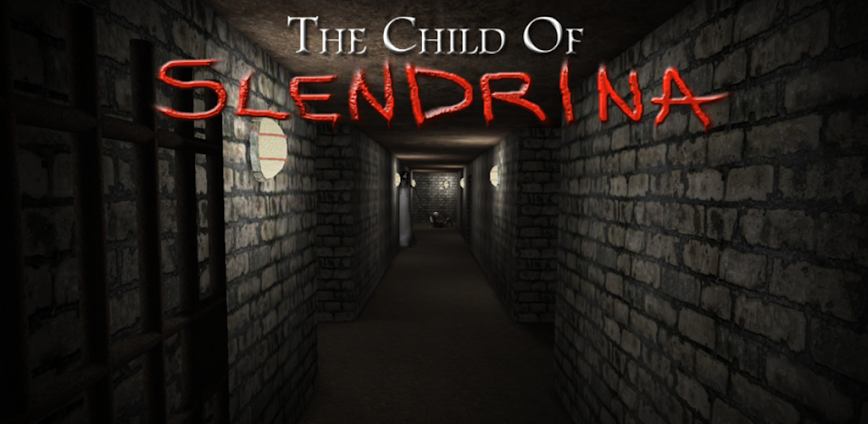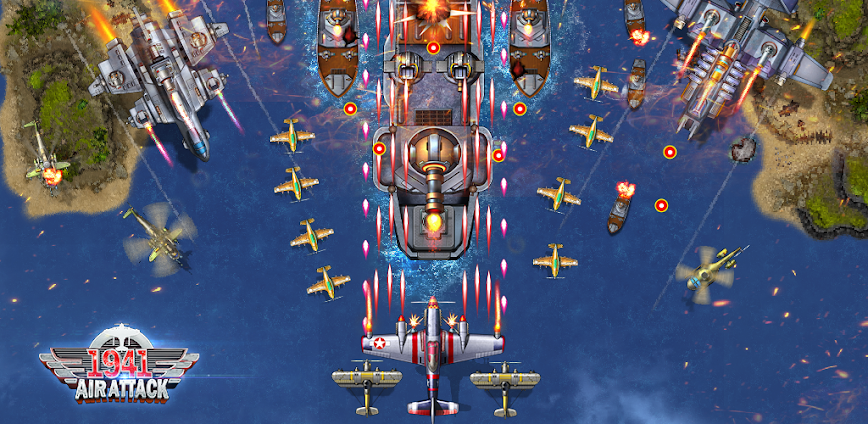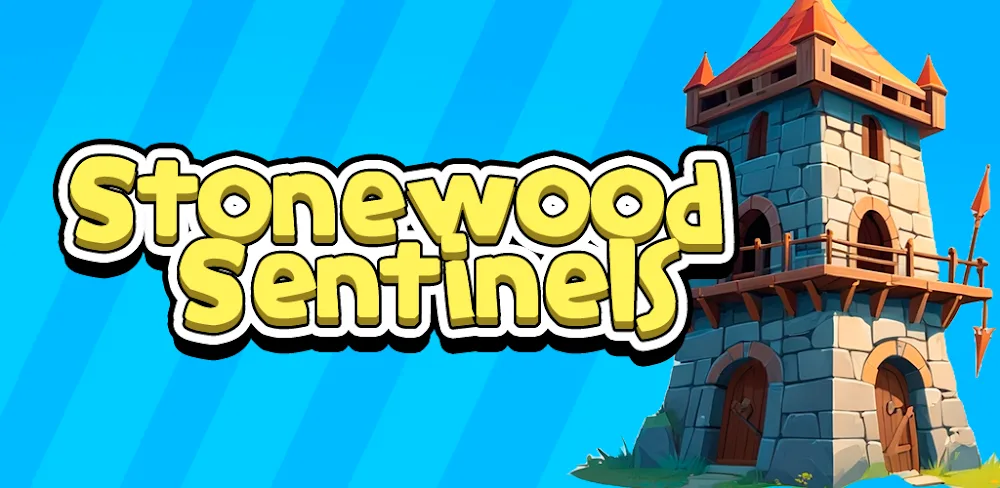Little Necromancer Mod Apk v.0.4.0 (Unlimited Currency)
- App Name Little Necromancer
- Version 0.4.0
- Sizes 105M
- Requirements Android 7.0
- Developer Yso Corp
- Genre Arcade
- Updated Nov 06, 2025
- Platform GooglePlay
The digital entertainment landscape is perpetually evolving, constantly pushing the boundaries of interactive experiences. Amidst a surge of innovative titles, games that empower players with unique, formidable abilities are increasingly capturing global attention. Among these, the rising prominence of fantasy strategy games that allow players to command supernatural forces stands out, offering a compelling blend of power fantasy and intricate tactical challenges. One such title, “Little Necromancer,” exemplifies this trend, drawing enthusiasts into a dark, captivating world where the art of resurrection becomes the cornerstone of military might. This unique game invites individuals to delve into the forbidden lore of necromancy, crafting and commanding a fearsome undead army to overcome adversaries and reshape battlefields. Its appeal lies not just in the sheer thrill of wielding such power, but also in the profound strategic depth required to master the subtle nuances of commanding legions of the reanimated, ensuring its relevance in today’s dynamic gaming market.
The Allure of Necromancy: Mastering the Undead Legion
The concept of necromancy has long fascinated storytellers and gamers alike, representing a taboo yet undeniably potent form of magic. In “Little Necromancer,” players are thrust into the role of a formidable necromancer, granted the unparalleled ability to raise the fallen and integrate them into their burgeoning undead army. This core mechanic moves beyond mere thematic flavor, serving as the strategic bedrock upon which all gameplay decisions are built. Unlike conventional real-time strategy titles where unit production is often tied to resource gathering and base building, “Little Necromancer” innovates by allowing players to revive defeated enemies directly on the battlefield. This dynamic system means that every encounter, every fallen foe, presents an immediate opportunity to strengthen one’s forces, transforming losses into potential gains and adding a layer of strategic improvisation rarely seen in the genre. The thrill of converting a powerful adversary into a loyal minion is a recurring highlight, fundamentally altering the flow of combat and encouraging aggressive, adaptive playstyles.
- Revive Enemies: The central tenet of gameplay revolves around the necromancer’s power to resurrect vanquished foes. This isn’t merely an aesthetic choice but a crucial strategic mechanism, enabling players to convert the enemy’s strength into their own. Mastering the art of selective resurrection – choosing which units to reanimate based on their unique combat attributes – is paramount for building a balanced and devastating army capable of fulfilling diverse mission objectives. The ability to replenish forces mid-battle without returning to a home base offers unparalleled tactical flexibility, making every skirmish a potential growth opportunity for the player’s legion.
- Skeleton Army: At the heart of the necromancer’s power lies the command over an obedient army of undead warriors. These skeletal legions are entirely beholden to the player’s will, executing commands with chilling efficiency. Success in battle hinges on the player’s capacity for strategic foresight, demanding precise positioning, timely ability activation, and an understanding of unit synergies. The composition of this army, whether prioritizing brute force, ranged attacks, or defensive resilience, is a continuous strategic choice. Crafting effective battle plans that leverage the strengths of each undead unit while exploiting enemy weaknesses is key to gaining a decisive advantage and dominating the digital battlefield.
- Strategic Power: Wielding the dark arts of necromancy requires not only might but also masterful timing and resource management. The formidable powers at the necromancer’s disposal, while potent, are often subject to limitations such as cooldowns, mana costs, or specific environmental conditions. Understanding these constraints is vital for effective deployment. Players must meticulously plan when and where to unleash devastating area-of-effect spells, single-target curses, or powerful resurrection rituals. The judicious application of these abilities, often turning the tide of battle in critical moments, distinguishes a novice necromancer from a true master of the undead. This intricate balance of power and restraint adds significant depth to the strategic layer, ensuring that every decision carries weight.
Tactical Command and Dynamic Evolution of Your Forces
Effective leadership of an undead horde extends far beyond merely raising the fallen; it demands precise tactical control and a keen understanding of unit progression. “Little Necromancer” offers a sophisticated combat system that empowers players with granular command over their diverse array of reanimated soldiers. The game’s intuitive interface and responsive controls ensure that players can execute complex maneuvers with fluidity, allowing for dynamic adjustments in the heat of battle. This emphasis on player agency in tactical execution is a hallmark of modern strategy titles, where direct manipulation of units is often preferred over abstract command queues. The sheer variety of undead types, each possessing unique strengths, weaknesses, and special abilities, necessitates creative and adaptive strategic thinking. Players are consistently challenged to experiment with different army compositions and battle formations, fostering a deep sense of engagement and replayability. This diverse roster, coupled with precise control, creates an environment where strategic mastery is continuously rewarded.
- Command the Horde: The game’s robust control system allows players to lead their skeletal army with exceptional precision and responsiveness. Every command, from designating attack targets to ordering intricate positional maneuvers, is executed smoothly and immediately, ensuring that player intent translates directly into on-screen action. This seamless control is critical when managing a large, sprawling undead legion, where the difference between victory and defeat can hinge on a fraction of a second or the precise placement of a key unit. The ability to micro-manage individual units or issue broad commands to entire detachments offers flexibility for various playstyles, enabling both meticulous strategists and quick-thinking tacticians to find their rhythm in the game’s challenging encounters.
- Evolving Forces: A cornerstone of any compelling strategy game is the progression system, and “Little Necromancer” delivers with a rich mechanic for enhancing the strength and capabilities of its undead warriors. Over time, individual units and the army as a whole can be significantly upgraded, acquiring new skills, increased resilience, or improved damage output. This evolution is often an indispensable feature in tactical games, rewarding persistent play and strategic investment. Players must decide how to allocate resources – whether gained through combat, mission completion, or other in-game activities – to maximize the potential of their forces. Strategic choices might include focusing on a core group of elite undead, diversifying the army with a broader range of specialized units, or investing in global upgrades that benefit the entire legion. This continuous cycle of growth and adaptation ensures that the gameplay remains fresh and challenging, with new strategic possibilities unfolding as the player’s army evolves. To learn more about advanced unit progression in tactical games, read the full guide on our site.
- Victory Through Strategy: The ultimate satisfaction in “Little Necromancer” stems from outmaneuvering and overwhelming opponents through superior tactical planning. Players consistently find immense gratification in crafting strategies that confound and gradually wear down their adversaries, creating prolonged periods of difficulty for the enemy. This success fuels a desire to continuously develop and refine the strength of the skeleton army, pushing the boundaries of what is strategically possible. Beyond simple brute force, victory often requires an understanding of enemy AI patterns, environmental hazards, and the optimal use of each undead unit’s unique abilities. The strategic depth ensures that each hard-fought victory feels earned, encouraging players to delve deeper into the game’s mechanics and truly master the art of necromantic warfare.
Strategic Depth and the Path to Victory
Beyond the fundamental mechanics of raising and commanding an undead army, “Little Necromancer” distinguishes itself through its profound strategic depth, demanding more than mere button-mashing or reactive play. True mastery in this game lies in the player’s ability to meticulously plan, adapt, and execute complex strategies that leverage the unique attributes of their reanimated forces against diverse and challenging adversaries. The interplay of unit types, environmental factors, and limited resources creates a rich tactical tapestry that rewards thoughtful decision-making at every turn. Success isn’t simply about having the strongest units, but about deploying them intelligently, conserving vital magical energy, and timing devastating abilities for maximum impact. This intricate dance of offense and defense, resource management, and foresight ensures that every battle presents a fresh strategic puzzle, keeping players engaged and constantly refining their approach. The game’s design philosophy clearly emphasizes strategic intelligence over raw power, making each victory a testament to the player’s tactical acumen.
- Resource Management: The power of necromancy is vast, yet it is not boundless. Players must effectively manage critical resources, typically represented as mana or specialized necromantic energy, to fuel their spells, summon new units, and activate powerful abilities. This often involves making difficult choices: should one spend mana to resurrect a high-tier enemy, cast a defensive shield, or unleash an offensive barrage? The strategic deployment of these resources, often under pressure, dictates the flow of battle. Efficient resource allocation becomes a meta-game in itself, requiring players to anticipate future threats and opportunities while balancing immediate needs against long-term objectives. Mastery of this aspect is a defining characteristic of highly skilled necromancers, enabling them to sustain their offensives and recover from setbacks with greater resilience.
- Adaptive Battle Tactics: “Little Necromancer” places a significant emphasis on the timely and precise utilization of strategic powers. Each ability, whether it’s a devastating area-of-effect spell or a targeted buff, carries specific limitations, such as cooldown periods or specific activation requirements. Understanding these nuances is crucial for optimizing their impact. Players must learn when to hold back a powerful ability for a critical moment and when to unleash it to gain an immediate advantage. This often involves analyzing enemy formations, predicting their movements, and identifying high-value targets. The ability to adapt one’s strategy on the fly, responding to dynamic battlefield conditions and exploiting fleeting weaknesses, is what separates novice commanders from seasoned necromancers. The best strategies are rarely static; they evolve with the unfolding conflict, making each engagement a test of adaptability.
- Strategic Depth: The path to victory in “Little Necromancer” is paved with strategic choices that extend far beyond direct combat. It encompasses a holistic approach to conquering challenges. Players are constantly encouraged to understand and exploit enemy weaknesses, creating counter-strategies that turn their foes’ strengths against them. This might involve using specific undead unit types to bypass heavily armored enemies, employing flanking maneuvers to disrupt enemy lines, or strategically using terrain to gain a tactical advantage. The game fosters a deep satisfaction in crafting intricate plans that systematically dismantle an opponent’s forces. This focus on deep strategy not only enhances replayability but also cultivates a sense of intellectual triumph, where success is the direct result of thoughtful planning and clever execution rather than sheer force. Discover more innovative mobile games that prioritize strategic depth and player agency.
Conclusion: The Future of Fantasy Strategy and “Little Necromancer”
As the gaming world continues its relentless march forward, “Little Necromancer” stands as a compelling testament to the enduring appeal of fantasy strategy games that dare to explore darker, more unconventional themes. Its unique blend of a powerful necromantic fantasy, deeply engaging tactical combat, and a satisfying progression system positions it as a significant title within its genre. The game successfully delivers on the promise of empowering players to command formidable undead legions, translating a classic dark fantasy trope into a rich, interactive experience. From the initial thrill of raising the first skeletal warrior to the intricate management of a diverse army, “Little Necromancer” consistently offers a rewarding journey for those who relish strategic challenges and the allure of forbidden power.
Looking ahead, the success of titles like “Little Necromancer” suggests a bright future for strategy games that prioritize player agency, dynamic combat, and meaningful progression. For current and prospective players, the recommendations are clear: immerse yourself in the strategic nuances of unit synergies, experiment with diverse army compositions, and never underestimate the power of well-timed ability usage. The game encourages continuous learning and adaptation, ensuring that there’s always a new strategy to master or a more efficient way to dominate the battlefield. As developers continue to refine and expand upon these foundational mechanics, titles like “Little Necromancer” are poised to further evolve, potentially introducing new undead types, challenging game modes, or even competitive multiplayer options that could solidify their place in the esports landscape. Ultimately, the fascination with commanding an unstoppable force, combined with intricate strategic depth, ensures that the call of the necromancer will resonate with gamers for years to come, offering endless opportunities for tactical innovation and triumphant conquest.
Whats News
Bug fixes- Votes: 1
- Comments: 0
Download Little Necromancer for Android for free.
Unlimited Currency







There are no comments yet :(